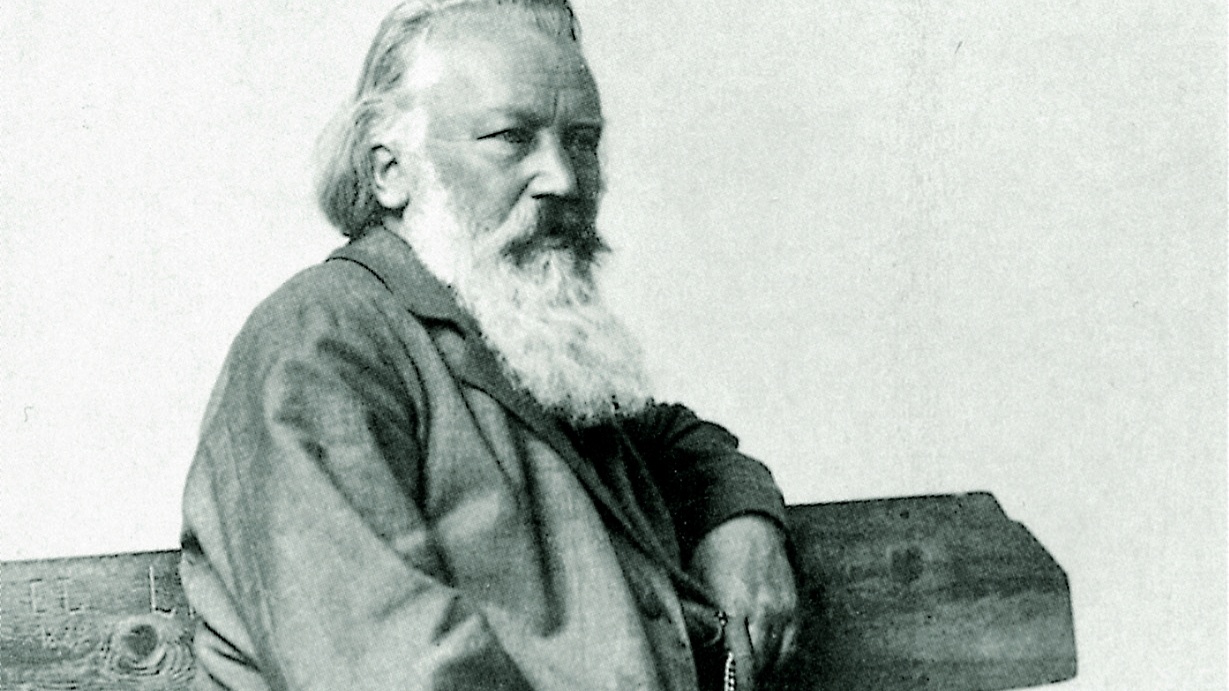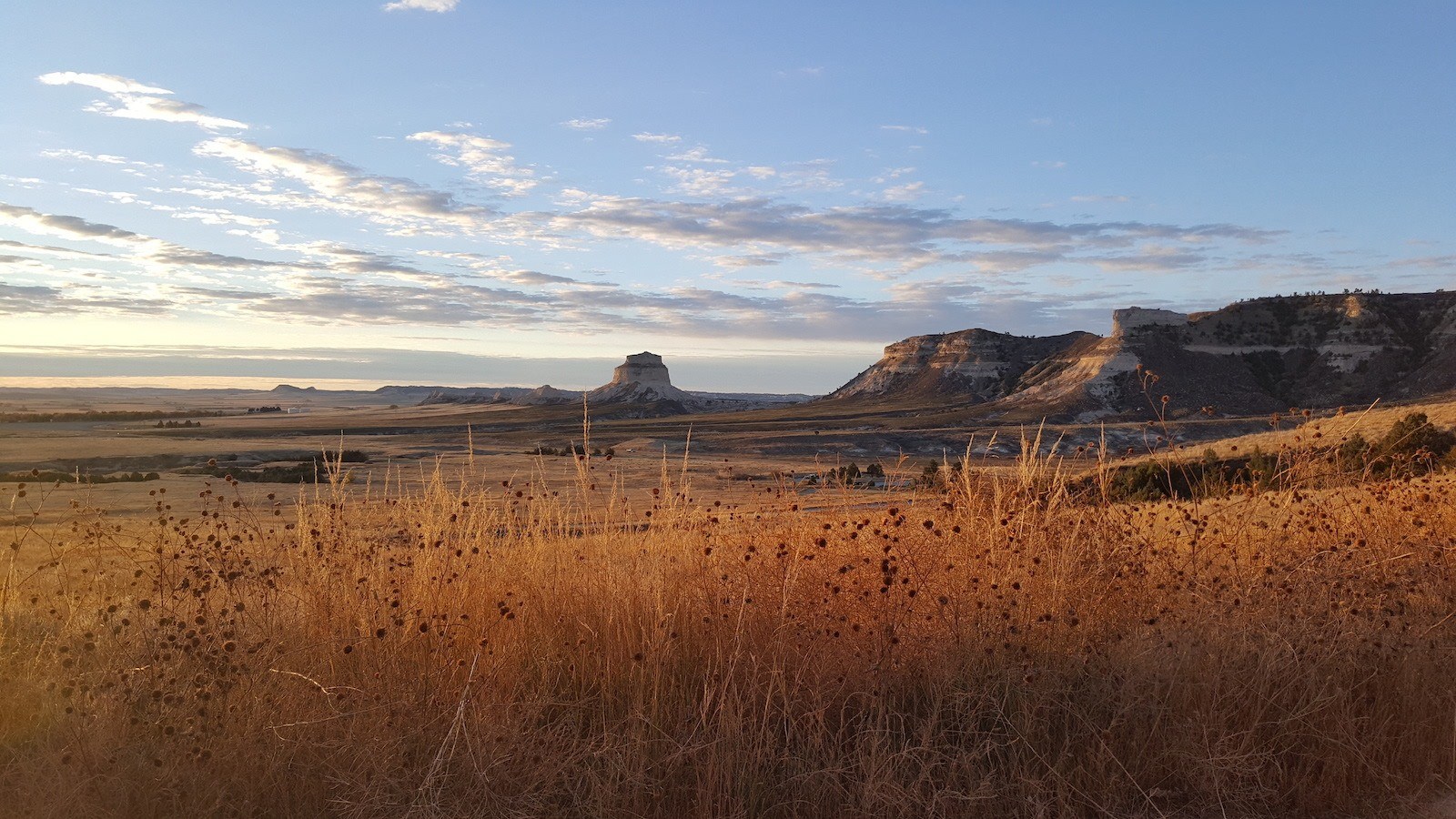Brahms’ Second Violin Sonata, Op. 100 and Five Songs, Op. 105: Musical Siblings
Johannes Brahms spent the summer of 1886 at the idyllic lakeside town of Thun in Switzerland. The holiday was so productive that it is now remembered as Brahms’ “chamber music summer.” Works completed during this time include the Cello Sonata No. 2 in F major, Op. 99, the Violin Sonata No. 2 in A Major, Op. 100, the Piano Trio No. 3 in C minor, Op. 101, and several songs. Brahms claimed that the landscape was “so full of …






